Solar goals can be achieved & wildlife habitat conserved through modified BLM proposal
Some of the most iconic western hunts occur on Bureau of Land Management acres. Think about Wyoming pronghorn, Arizona mule deer, Nevada bighorn sheep. If you’ve ever experienced or dreamed of these hunts, you’ll be interested in the possible placement of millions of acres of solar panels.
Unfortunately, as proposed, 1.8 million acres of migration corridors and 4 million acres of winter range for some of the West’s most well-known big game herds and hunting destinations would be severely impacted.
In January, the Bureau of Land Management released a draft plan that—when completed—will guide utility-scale solar development on federal public lands. The BLM administers 245 million acres, primarily in 11 western states and Alaska. The draft is an anticipated update of BLM’s 2012 Western Solar Plan that, when finalized, will identify areas in Arizona, California, Colorado, Idaho, Montana, Nevada, New Mexico, Oregon, Utah, Washington, and Wyoming that will be made available for utility-scale solar across the region. The updated plan is viewed by the Administration as a key step toward deploying 25 GW of renewable energy on public lands by 2025 and achieving a 100 percent clean electricity grid by 2035.
The Theodore Roosevelt Conservation Partnership recognizes the need for renewable energy sources, and we believe that development must be thoughtfully planned so that it does not adversely impact crucial fish and wildlife habitats and valued hunting and fishing areas. Utility-scale solar generating facilities are high-fenced to exclude both people and wildlife, creating a solid barrier to big game movements. For this reason, improperly sited facilities pose a disproportionate risk to migratory big game species and could be catastrophic for big game herds if located in the wrong place. Since the earliest stages of the Western Solar Plan revision, TRCP and other hunting and fishing organizations have requested that the BLM exclude big game migration corridors and winter range from areas available for utility-scale development.
A state-by-state breakdown of the herds most at risk from utility-scale solar development is listed below.
Americans can have both renewable energy and robust wildlife populations, but deliberate steps must be taken now to ensure that future. The preferred alternative in the draft plan (Alternative 3) identifies 22 million acres of your public lands to be made available for solar energy development, including 1.8 million acres of migration corridors and 4 million acres of winter range for some of the West’s most well-known big game herds and hunting destinations. Storied mule deer herds like the Paunsaugunt in Utah, the Kaibab in Arizona, and the Wyoming Range could suffer if this proposal is not modified.
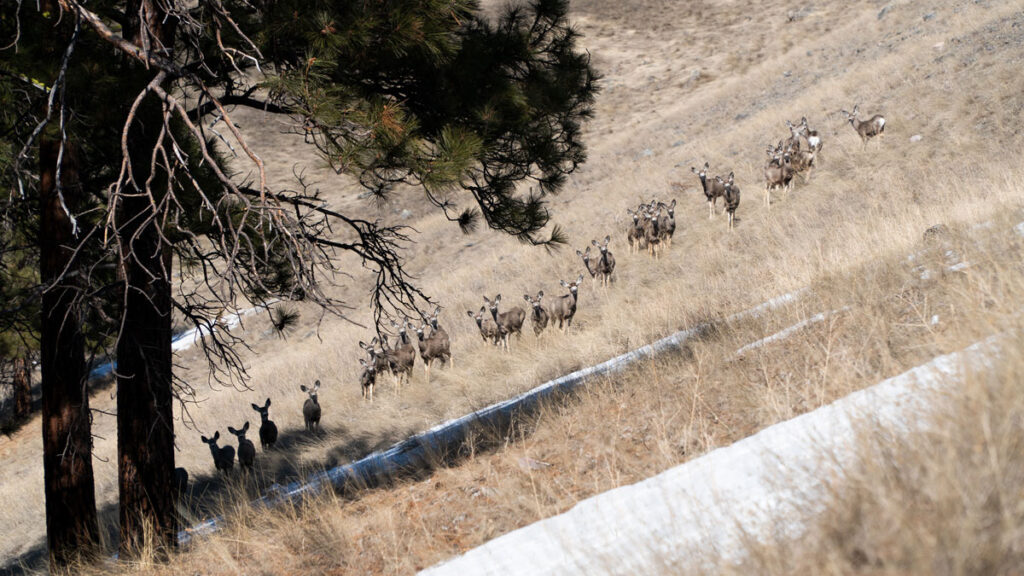
Encouragingly, the BLM’s draft plan specifies that only 700,000 acres are necessary to fulfill the agency’s solar deployment objectives. Even if the agency is wrong and solar deployment requires several times the anticipated land, the BLM could still fully meet their targets and exclude all big game crucial winter range and migration corridors from development.
To learn more, read the below state-by-state breakdowns and follow the links to maps that show some of the greatest development threats to big game habitat from utility-scale solar development.
Comment now and request that BLM fix the final Western Solar Plan by excluding crucial big game habitats from potential development.

State-by-State Breakdown
Arizona
The proposed plan would allow for solar development across 2.3 million acres of BLM-managed ground in Arizona.
However, even the preferred alternative of the plan allows for significant development in mapped mule deer migration and winter range habitat utilized by the Kaibab North mule deer herd, as well as the Paunsaugunt herd that travels south out of Utah to winter in northern Arizona. The Kaibab deer herd offers some of the most sought-after mule deer buck hunting in the world in units 12A and 12B. In 2019, the Kaibab herd had an estimated population of 10,200. The loss of winter range and migration habitats to utility-scale solar development would have extensive impacts on the herd.
Nevada
The proposed plan would allow for solar development across nearly 7 million acres of BLM-managed ground in Nevada.
Alternative 3 includes development in several mapped deer migration routes in northeast Nevada, and would also impact mule deer winter range in Management Areas 6, 7, 22, and 24, pronghorn winter ranges in Management Areas 5 and 6, and several important ranges for desert bighorn sheep in Management Areas 21, 26, and 27.
Importantly, the majority of the development areas are located in winter range and migration corridors—a limiting habitat for these big game populations—the loss of which will have disproportionate adverse impacts.
The following links provide detailed maps of potentially impacted areas in Winnemucca, Mina-Tonopah, and North Caliente.
Oregon
In Oregon, under BLM’s stated preferred alternative, the Solar PEIS has proposed 714,957 acres of BLM-administered lands as open for solar development. While much of those lands do not conflict with priority wildlife habitat, Alternative 3 allows for development that lies within important ungulate winter range and significantly impinges upon the migration pathways of several mule deer, elk, pronghorn, and bighorn sheep herd ranges.
Oregon Department of Fish and Wildlife’s 2024 Draft Mule Deer Plan identified seven Herd Ranges of High Concern. Oregon’s Crescent, Bulelah-Malhuer, Klamath Basin, and southeast mule deer herds face significant impingements to their migrations and further fragmentation could create significant additional downward pressure on populations in several of Eastern Oregon’s most iconic game management units.
Idaho
The proposed plan would allow for solar development across a total of 1.47 million acres of BLM-managed ground in Idaho.
While most of the proposed acres do not conflict with priority big game habitat, Alternative 3 allows for extensive development in four mapped pronghorn and deer migration routes in southcentral and southwest Idaho, including over 9,000 acres in the Pioneer Mountain mule deer migration, which offers some of Idaho’s highest quality buck hunts in units 44 and 45. The potential solar development would also impact the Mountain Home (51,533 acres), Owinza (123,595 acres), and Gooding (27,886 acres) pronghorn migrations.
New Mexico
According to the proposed plan, nearly 3 million acres of BLM-managed ground in New Mexico would be open to solar development, including significant development in mapped mule deer migration and winter range habitat utilized by the Crow Mesa herd in Game Management Units 2C, 5A, and 6A, as well as winter range habitat for the Pueblo of Santa Ana mule deer herd in Game Management Unit 9.
Mule deer are an especially important species for the hunting community in New Mexico, as they account for more than 95% of the annual deer harvest across the state.
Colorado
The proposed plan under Alternative 3 would make 548,225 acres of BLM-managed surface lands open for solar development in Colorado.
A significant proportion of these acres overlap high-value habitat for important elk, deer, pronghorn, and bighorn sheep herds in western Colorado. The overlap includes elk migration, severe winter range, and winter concentration areas for the Cold Springs elk herd in Colorado’s northwest corner GMUs 2, 10, and 201; as well as mule deer migration, severe winter range, and winter concentration areas for the White River Mule Deer Herd in the Piceance Basin in GMUs 11 and 22. The BLM’s proposal would also make high-value big game habitat available for future solar development in the Uncompahgre area, South Park, and the San Luis Valley.
Follow the links to view maps of potential overlap in the Dinosaur, Uncompahgre, and Piceance areas as examples of areas at-risk.
Wyoming
Wyomingites previously saw crucial winter range and migration routes for pronghorn antelope in southwest Wyoming cutoff when the Sweetwater Solar project was completed in late 2018. To avoid similar mistakes in the future, it will be important for the BLM to exclude development in big game winter range, migration corridors officially designated by the state, and additional mapped migration routes.
The BLM’s proposed plan for solar development in Wyoming includes nearly 3 million acres. Within this proposed area lies an overlap between iconic deer herds like the Sublette mule deer herd as well as the Wyoming Range mule deer herd (region G & H) famous for the Red Desert to Hoback migration route. In addition, proposed solar developments could also interrupt the famous “Path of the Pronghorn” migration route completed by the Sublette pronghorn herd. This migration route is currently in the process of being formally designated by the state due to its significance.
The BLM’s proposed alternative also would disproportionately impact the Medicine Bow pronghorn herd and the Baggs mule deer herd—a migration route along the Colorado and Wyoming border.
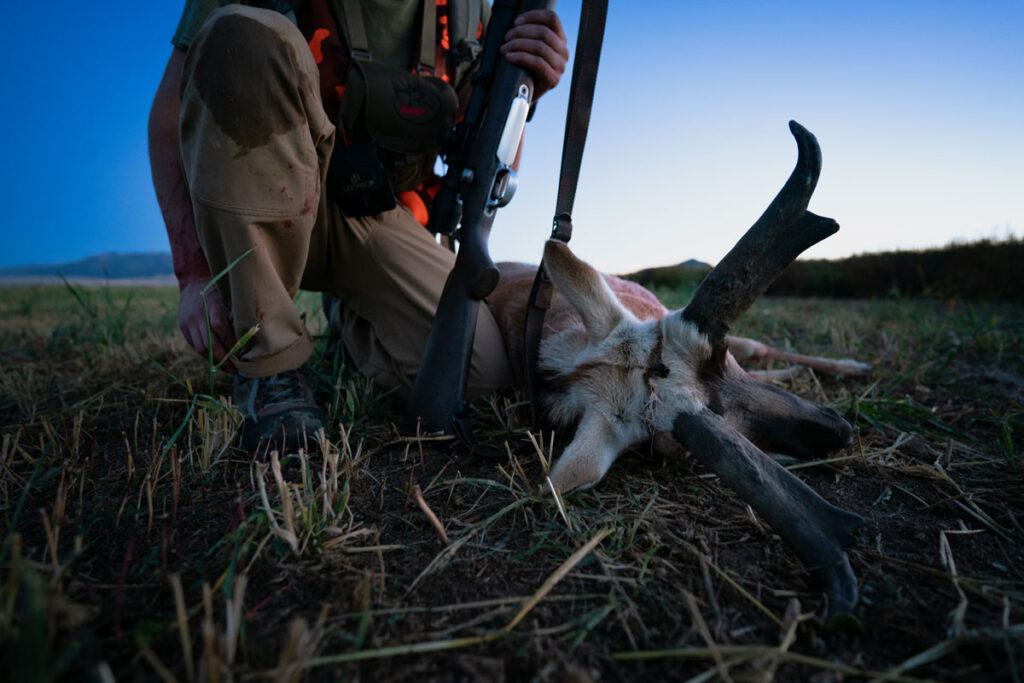
All people who care about hunting, fishing, and wildlife habitat on public lands, can request these specific modifications to the Bureau of Land Management’s Western Solar Plan below.

Feature Photo Credit: Josh Metten

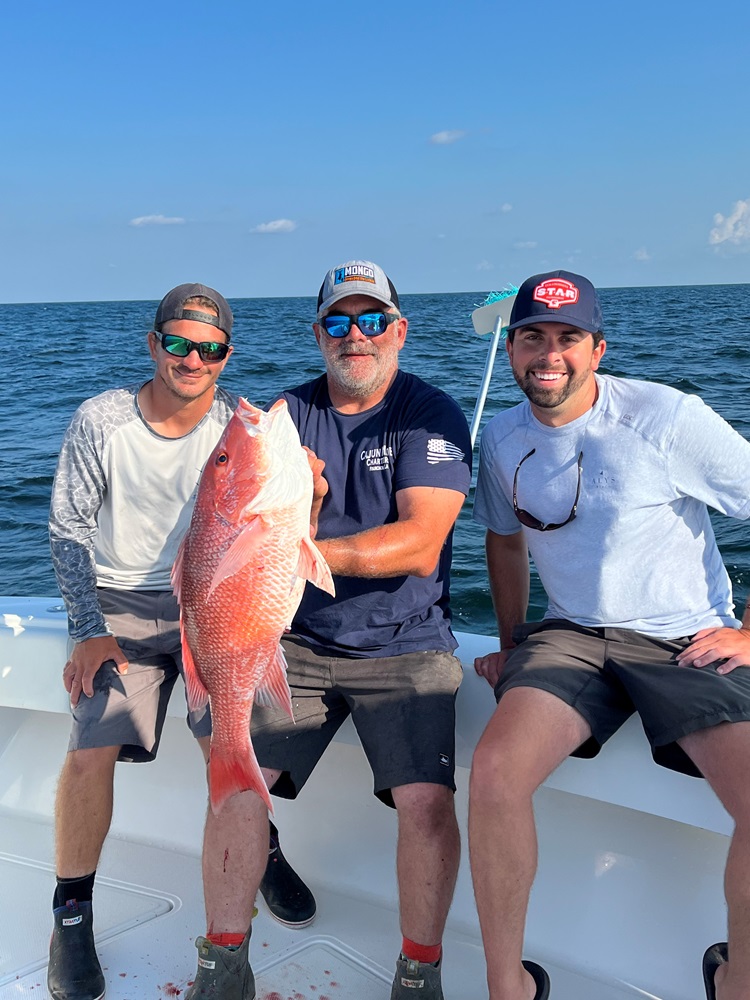
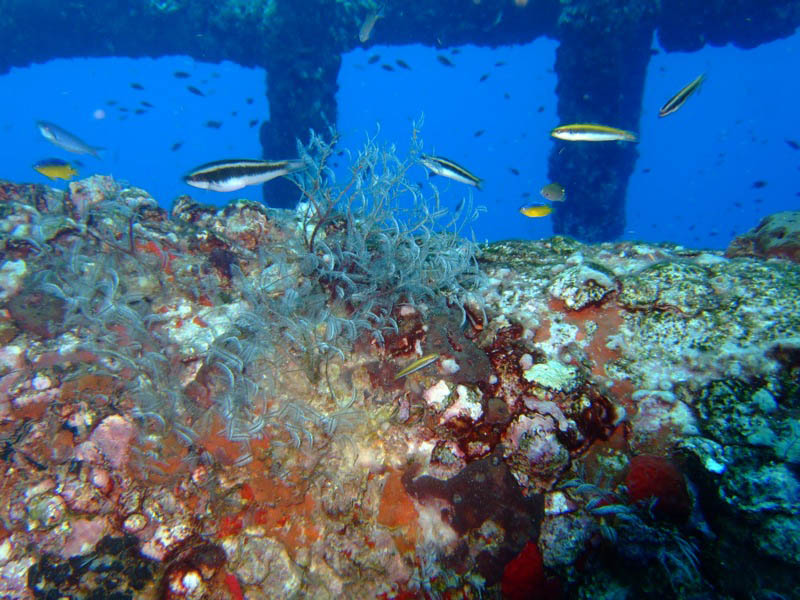
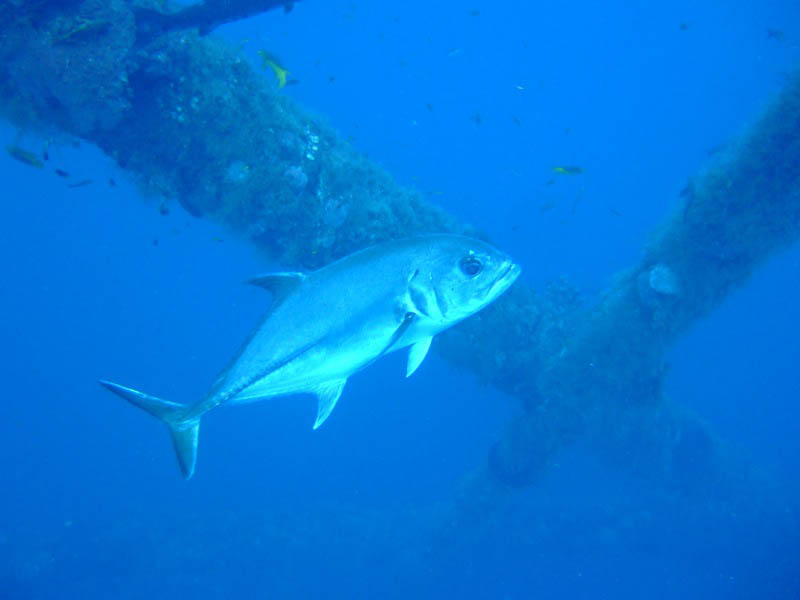

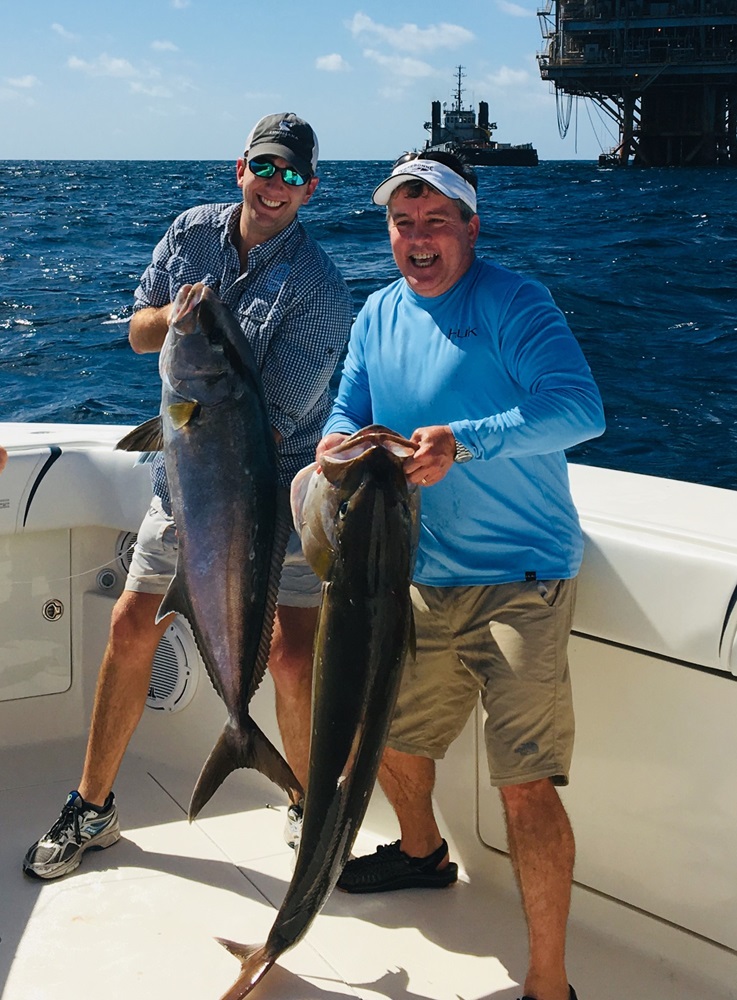




Maybe I missed it, but what is the Alternate 5 proposal? Thanks.
Thank you for your question. Alternative 5 is the conservation alternative with additional safeguards, and it can be reviewed at the following link: https://eplanning.blm.gov/public_projects/2022371/200538533/20102762/251002762/2023%20Draft%20Solar%20PEIS%20Volume%201%201-10-2024_508compliant.pdf#page=11
Please be very careful not too disrupt the heard’s! I think it’s best to find a better place too set up solar. We have to take a stand. When will enough be enough. We are called by G-D to tend to the earth and its animals!
IMO, TRCP is taking too hard of a stance on this issue. Yes, habitat is important. But decarbonizing is equally important, if not more. If we don’t control our carbon emissions, there won’t be habitat left to protect in as little as a few hundred years. As identified in the article, the acreage allowable for development is magnitudes more than would actually need to be developed. So yes, in theory, many herd migratory pathways and winter ranges could be impacted. But it seems obvious to me that we would meet somewhere in the middle on this issue. And, as stated on the MeatEater podcast, the planners of this solar development are doing everything they can to use already disturbed public lands. If that’s not enough, I don’t know what is. Eventually somebody needs to compromise. The battle for menhaden in the chesapeake is a more significant issue than this one.
Let’s cut our losses on POTENTIAL habitat loss on this issue knowing that we will be conserving our atmosphere.
Thank you for your comment. Analysis shows that we can have both habitat conservation and clean energy development on the landscape, and the BLM’s Western Solar Plan is critical to minimizing conflict with our most important fish and wildlife habitats. Some of the areas proposed to be made available for development could have an outsized impact on renowned wildlife populations, such as the Kaibab mule deer herd in Northern Arizona which numbers over 10,000 animals, and the BLM’s proposed project design features would not effectively mitigate those impacts.
Moreover, the efficiency of BLM’s solar deployment hinges on minimizing conflicts. Early wildlife conflicts could heighten social and political tensions, impeding the agency’s ability to identify suitable sites for solar energy projects. While updating antiquated land use plans to allocate areas suitable for solar development is commendable, it’s essential to create a proposal that reduces conflicts and conserves wildlife habitat.
Please do not put solar farms on live earth. In this country we have millions of parking lots, they are already dead earth. Put the support pillars up where they put the silly little bushes 15 feet high any vehicle will fit underneath. Then put supports and cross members to hold the solar arrays. This would be a responsible use of land that is already dead as opposed to killing living earth for solar farms.
Thank you.
The animals were here first and their rights need to be considered and protected. I grew up with hunting and fishing and an appreciation of nature. Find another way without disturbing the animals and environment
I don’t believe paving over open space with solar panels is ever going to meet the demand for power by an exploding human population that continues to sprawl across the landscape in car centric, barren developments. Until we start building smaller homes, apartments, etc that fit their landscape and climate, in walkable, in sustainable communities that are welcoming to nature, we are doomed to fail. We cannot continue living and building the way we do without making any sacrifices and expect that switching to all electric with its own toxic legacy, is going to save the planet and the wildlife we love.